Life in the Ca Tu Village
Ca Tu people belong to the Mon-Khmer language group. Their origin is unknown, but some researchers deduce that they came to Vietnam from the upper Mekong valley or from Yunnan province of southern China, thousands of years ago (Ta Duc “understanding Katu culture”, 2002). Now, most of the approximately 50,000 Ca Tu people live along the Truong Son range in central Vietnam.
Their village life is based on Slash-and burn agriculture- growing rice, beans, corn, and cassave on sloping land. Strong communal bonds and rich cultural traditions are reserved in their daily life, such as their houses, totems, wood-carving and basketry, hunting, music, dance, and their famous “buffalo festilval”.
However, materially, the life of the Ca Tu people has many difficulties, when compared to those living in the low-lands. Because of the lack of cash income, they often have to depend on outsiders such as merchants when they have some unexpected problems, such as the illness of a family member.
Communal house is often seen in the village and used as a meeting, festival place. Women wear Xa Lung (Skirt) and men wear Kho (Belted apron) with out shirt, and put cloth on the body in cold weather, earring, bracelet, and necklace are used as the make-up to women. Face tattoo, tooth sawing is nowadays faded away. Children bear the father’s family name, only the son can inherit family property (If there’s no son in the amily, a boy will be adapted to be an heir). Each family has its own family name, all members in the family have to bear a certain taboo, there is always historical profile of each family and that taboo. At living time, they bear responsibility of sharing difficulty and helping together, when their death comes, they will be buried nearby in the public grave house of the village. Sepulchre will be built and surrounded by many woodcarvings. Death Anniversary is never organized.
Member of one family once married with a member in another family, the other member in this family won’t be able to marry a member in that family. If husband dies, the wife can marry with the husband’s brother and if wife dies, the husband can marry with the wife’s sister. Marriages still bear the nature of “Give or sell”.
Small and big worship is organized for Giang (God of mountain) in each household for Luck, Blessing in crop. Buffalo sacrifice festival organized in public also for Giang.
About the traditional handicraft:
Ca Tu ethnic minority group has traditional handicraft which are cloth weaving with bead and other items made from rattan and bamboo. Especially women are skilled in cloth weaving which decorate their clothes with designs made from counbaril seeds and flat lead beads. They weave cotton by hand and dye it with indigo, typically weaving shades of dark blue or black.
Counbaril seeds and lead beads are affixed to skirts, headdresses, loincloths and back-trap-flaps, creating patterns inspired by nature. Typical designs includes zigzags, straight lines and lozenges, which are combined to create complicated patterns are so complex that only the most experienced female weaver are able to make them. Each motif has its own name, which explained by local people that present of leaves, fruits and animals. A design might symbolize an animal like lizards, crickets. Diagonal, double-cross designs represented spiders, while single cross represents the leaf of the “atut” tree, or a human being like a dancing man.
Ca Tu weaving looms comprised of 15-16 detachable parts. They stretch several threads lengthwise and use a bobbin to weave. Since beads and seeds are inserted one at a time, the process is very slow. The weaver must repeat a single row again and again. To determine where to insert a bead requires great skill, since it is only upon completion of the motif that the weaver has a clear view of her work. The time needed to complete an outfit is astonishing. In this era of mass production, the clothes woven by Ca Tu women seem very special. Using natural materials, these women blend hard work, traditional and imagination into works or art that enrich our nation.
“I don’t expect to make a large profit from weaving, but, if I had more money, I would buy better food for my family, and pay for my children’s education.”
– Hien Bon, Ca Tu Weaver-
About the project of preserving and promoting traditional weaving:
Start from the beginning of the year 2002, FIDR (a Japanese non government organization based in Da Nang City) is cooperating with Craft Link in assisting group of CaTu women in Zara village, Nam Giang district, Quang Nam province. The project aims to help women in Zara village developing their traditional weaving with hope that it could bring a new income source to people in village to support their daily life.
With technical support from Craft Link, the group have revived the cotton weaving (today most of the Ca Tu cloths are made from synthetic wool) And natural dyeing techniques using Ta Ram (indigo), and also training themselves to improve their skills and to produce high quality goods using their cloth.



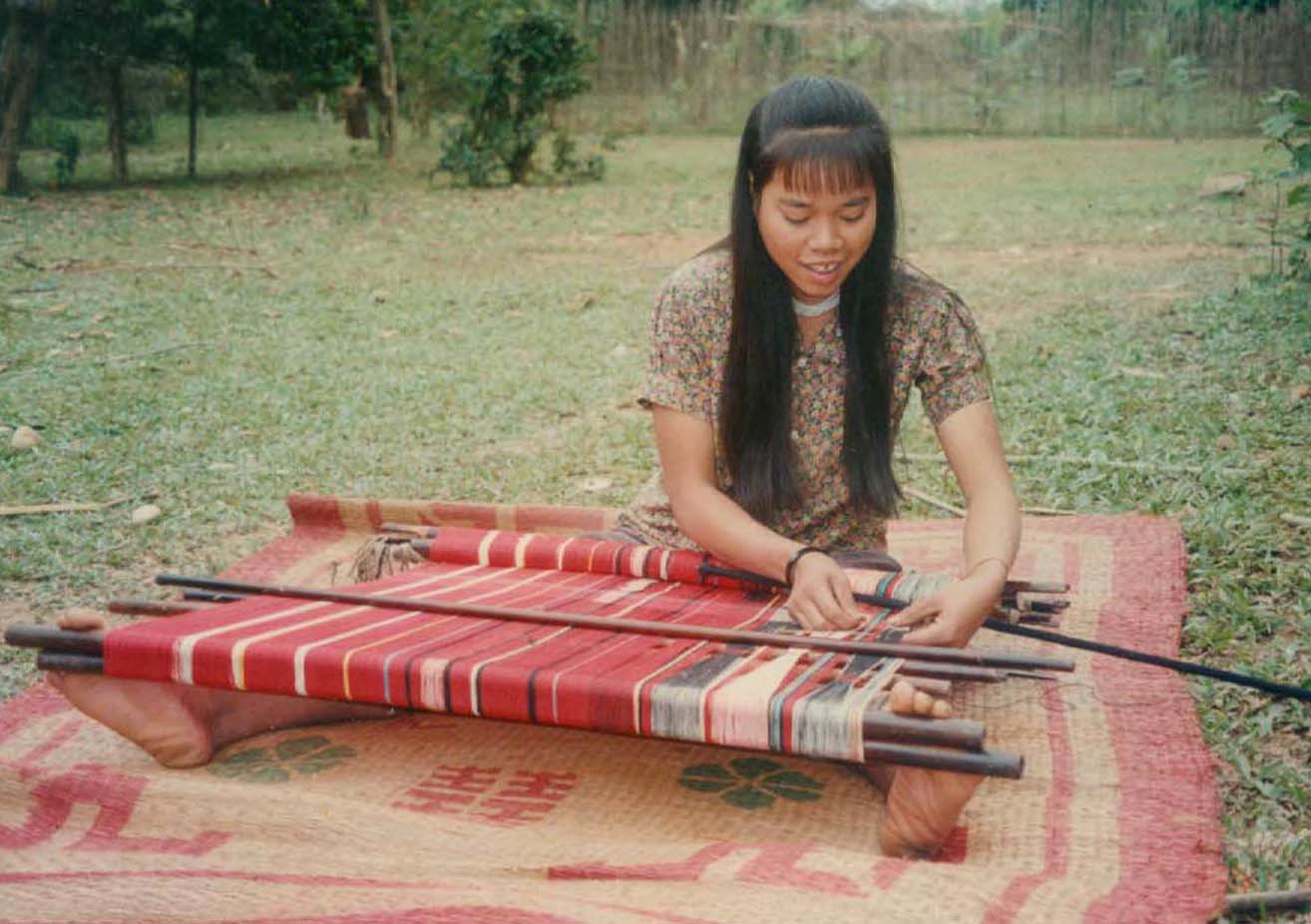
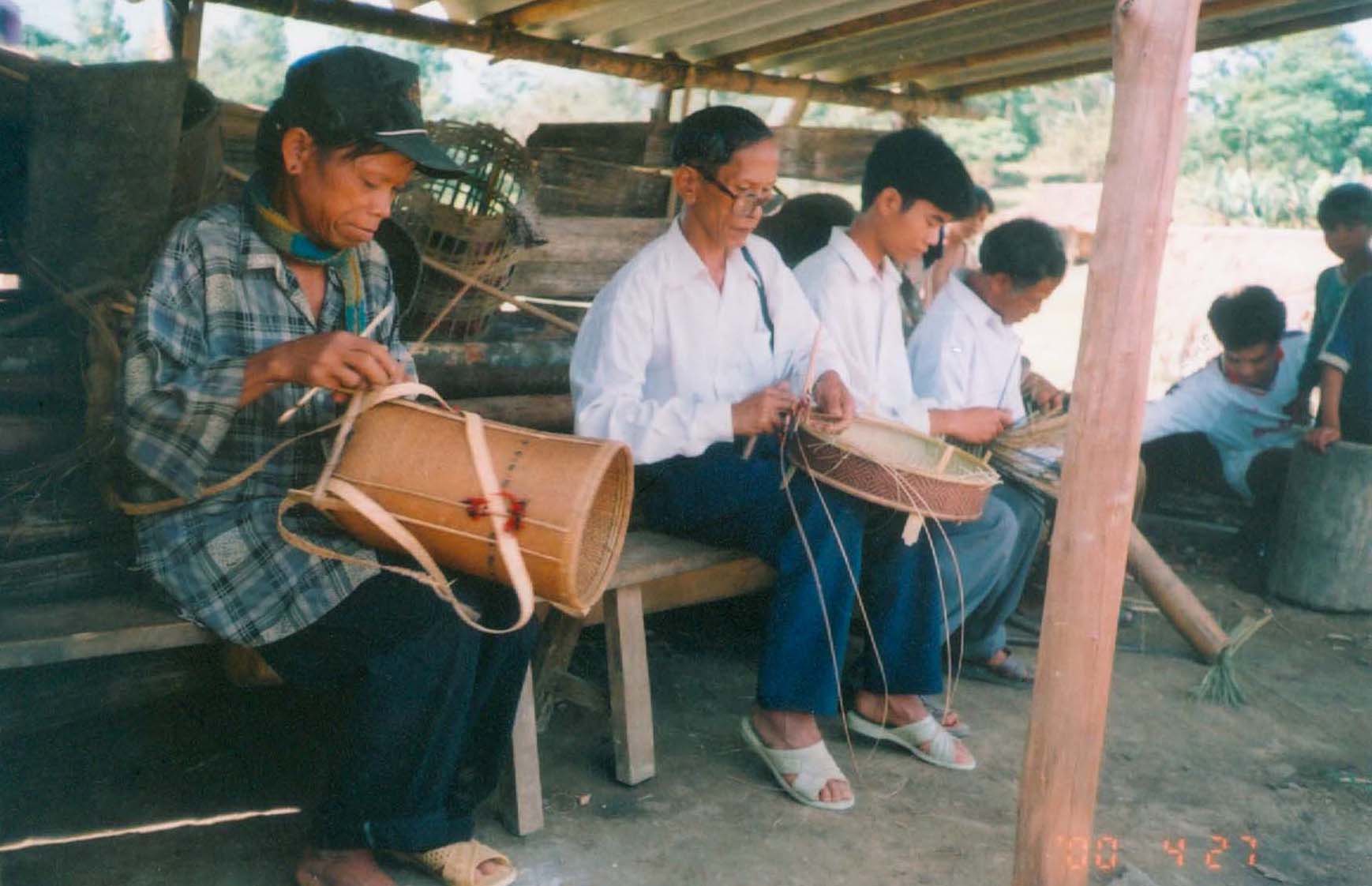
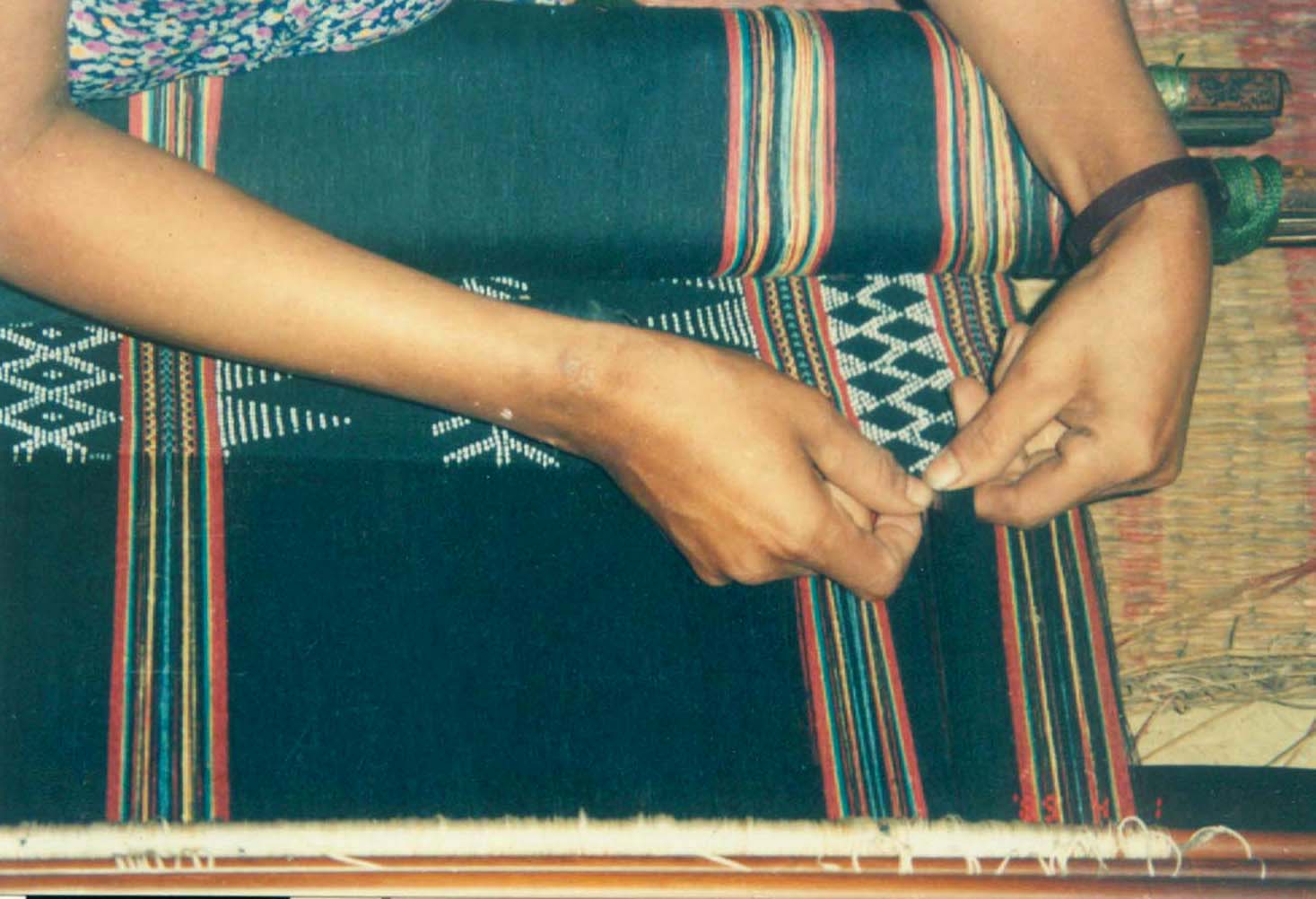
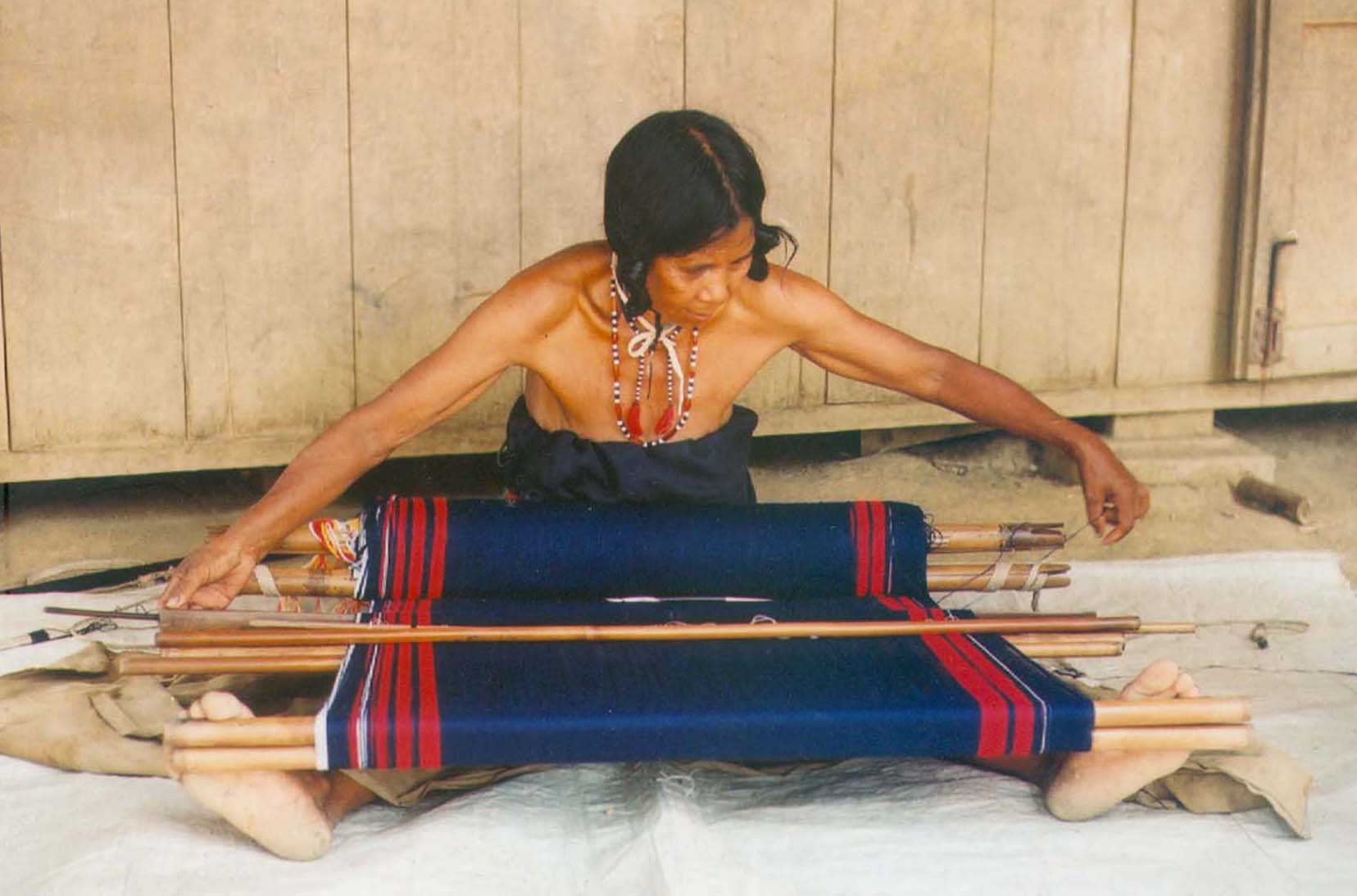

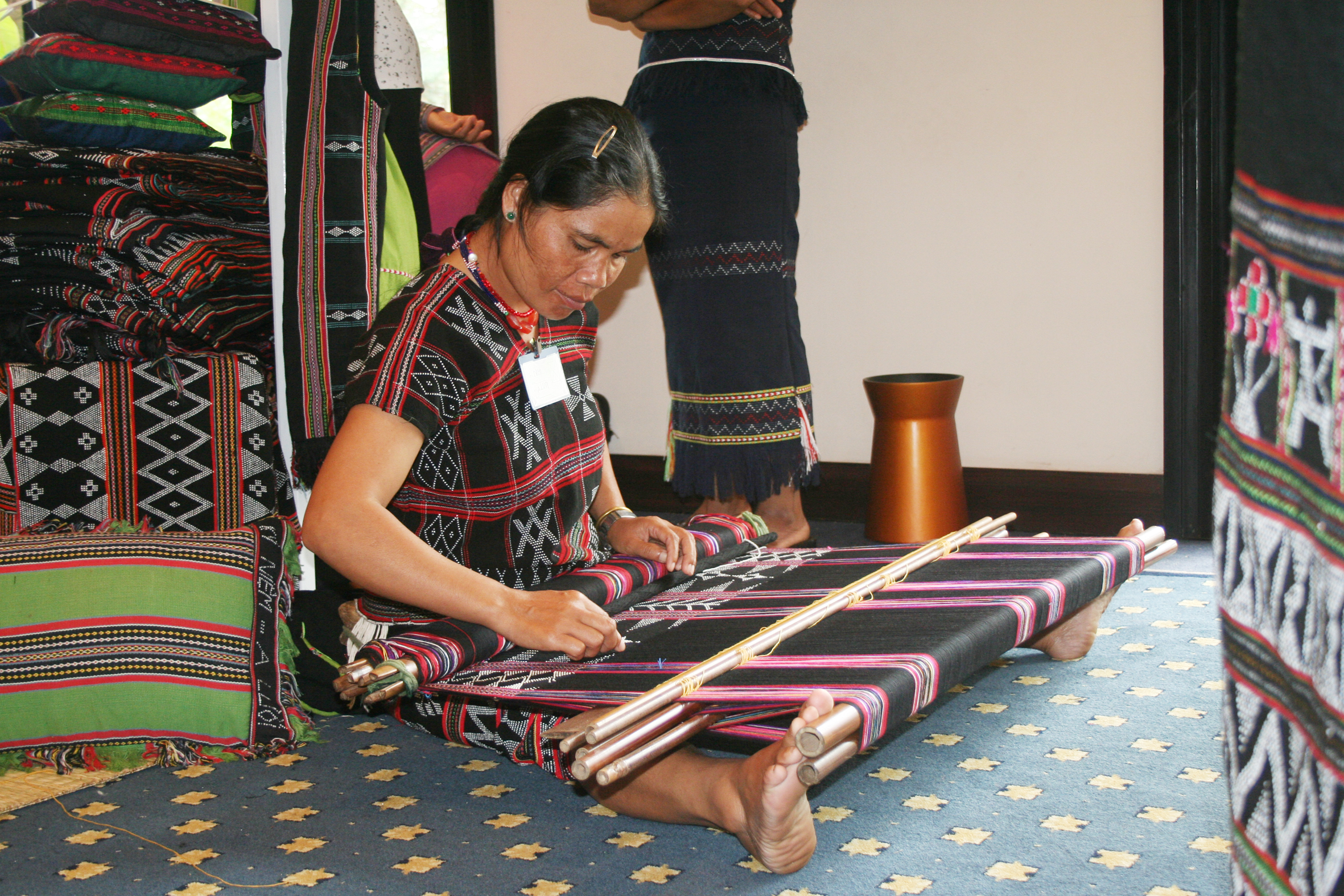
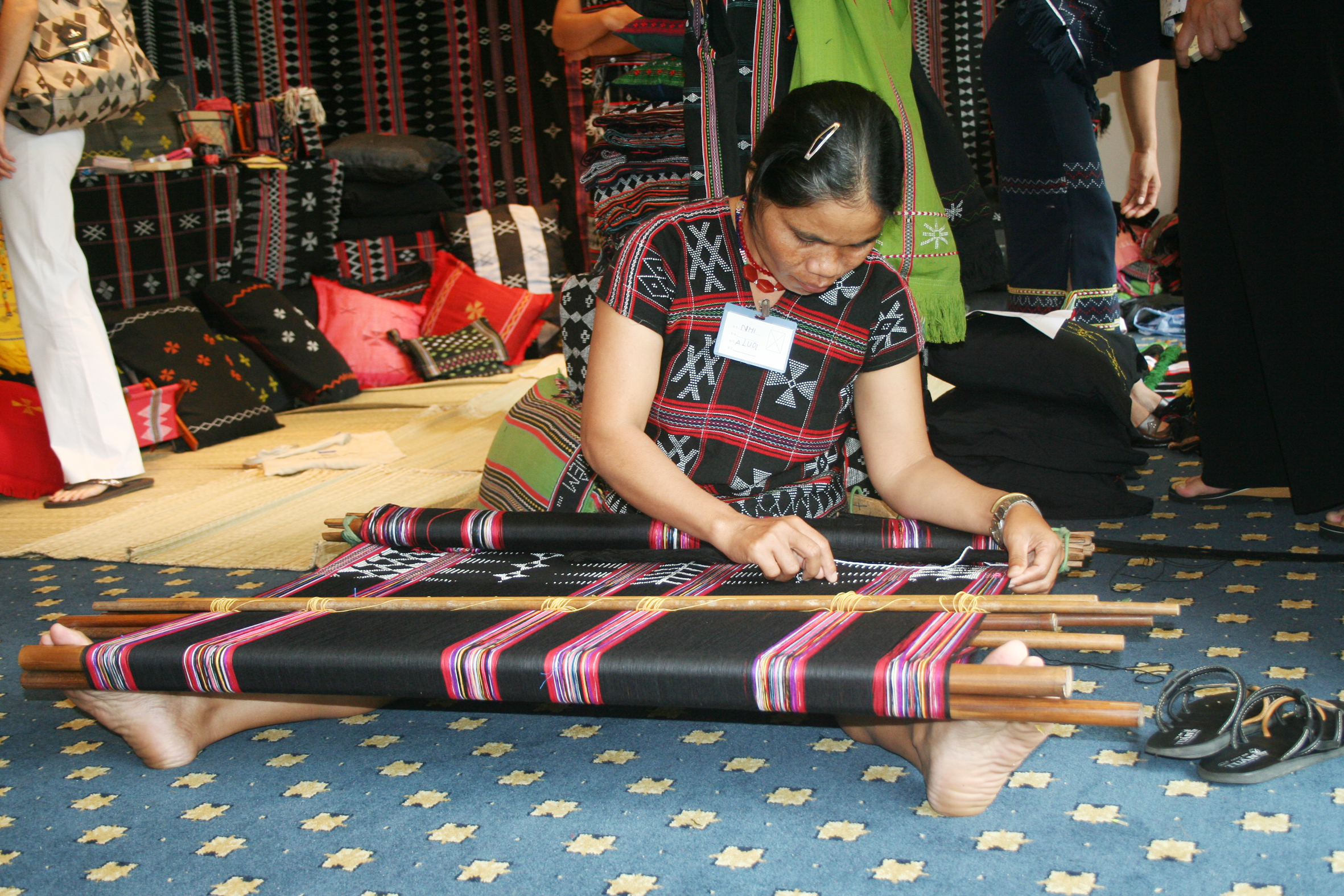
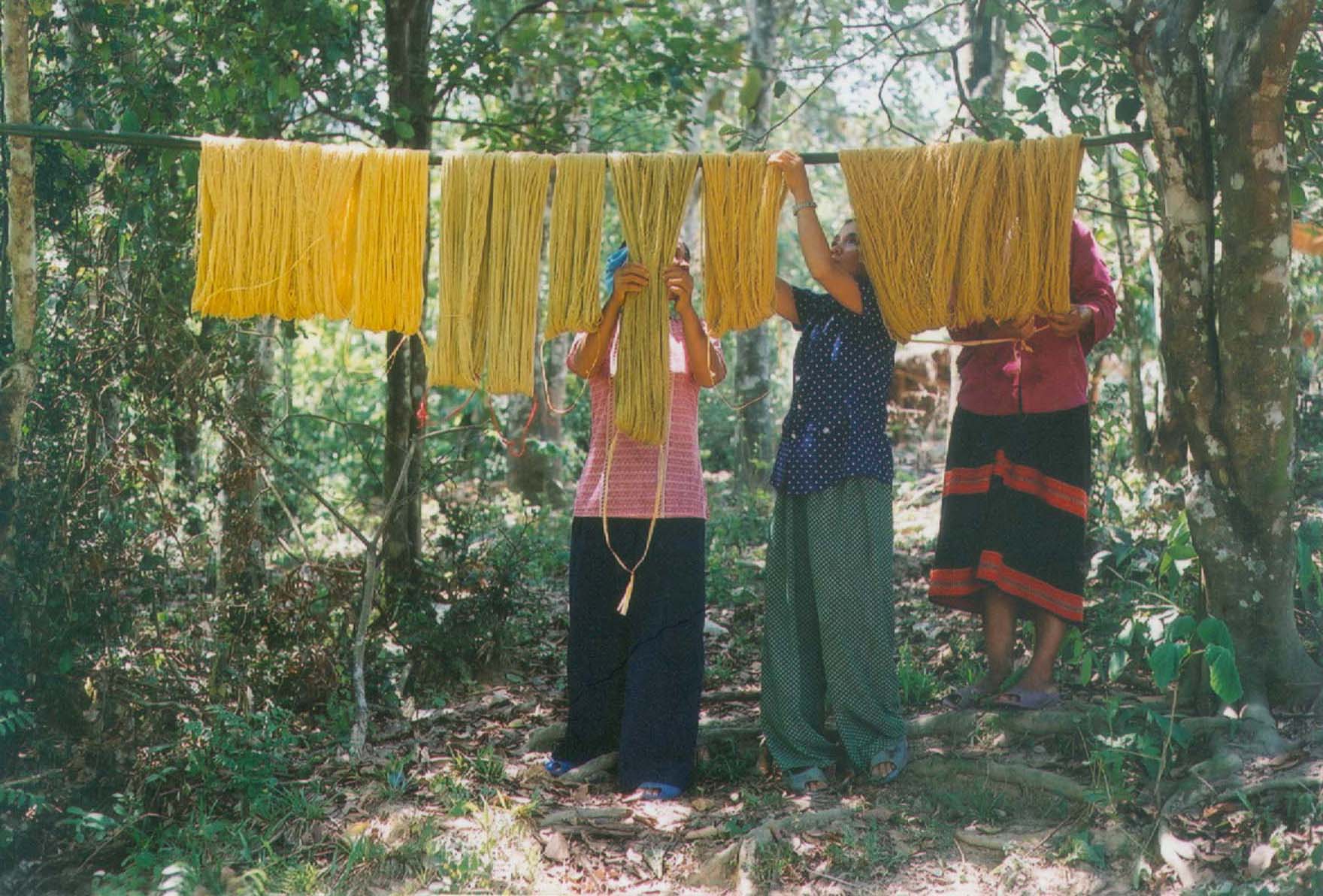
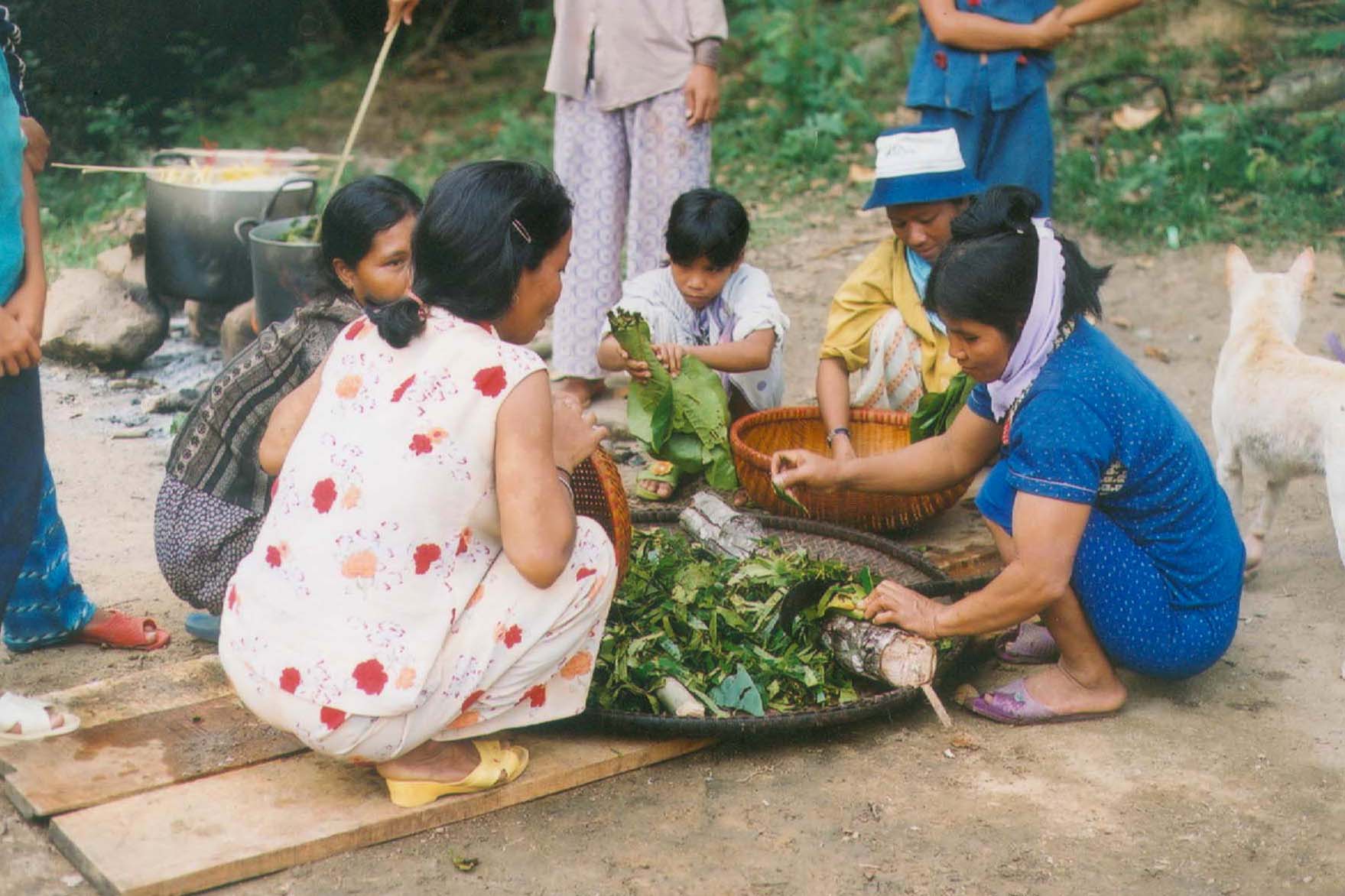
For more information about this project, please contact:
Craft Link
51 Van Mieu, Hanoi, Vietnam
Phone: (84-4) 37336101 – Fax: (84-4) 38437926
Email: craftlink@craftlink.com.vn
Website: www.craftlink.com.vn





